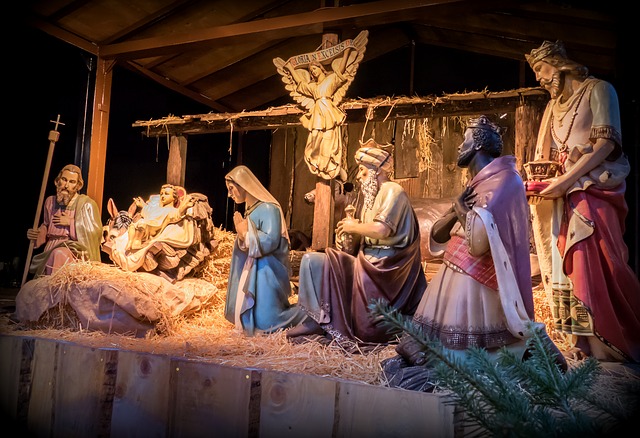Courts use the endorsement test to determine whether the government impermissibly endorses or disapproves of religion in violation of the establishment clause of the First Amendment. The test is often used in cases involving public displays of religious symbols.
Justice O’Connor proposed endorsement test to clarify First Amendment doctrine
Supreme Court Justice Sandra Day O’Connor proposed the test in her concurring opinion in the crèche display case, Lynch v. Donnelly (1984), as a “clarification of our Establishment Clause doctrine.”
For many years the Court had applied the familiar three-part Lemon test to establishment clause cases from the Court’s decision in Lemon v. Kurtzman (1971). O’Connor explained that focusing on endorsement “clarifies the Lemon test as an analytical device.” The first two prongs of the Lemon test focus on the purpose of a governmental law and its primary effect.
Applying endorsement to Lemon, O’Connor wrote that “the purpose prong of the Lemon test asks whether government’s actual purpose is to endorse or disapprove of religion.” The effects prong asks whether a governmental practice has “the effect of communicating a message of government endorsement or disapproval of religion.”
O’Connor said endorsement test focuses on perception of informed observers
O’Connor later explained in her concurring opinion in Capitol Square Review and Advisory Board v. Pinette (1995) that her test “focuses upon the perception of a reasonable, informed observer.” Such an observer must be assumed to be aware of the history and context underlying a challenged program or religious display.
Critics have charged that O’Connor’s jurisprudence including the endorsement test was too malleable. Others praise the endorsement analysis as a practical, commonsense approach to a most difficult area of First Amendment jurisprudence.
Court referred to endorsement test in town prayer decision
The Court referred to the endorsement test in the town prayer decision of Town of Greece v. Galloway (2014). According to Justice Antonin Scalia’s dissent from denial of certiorari in Elmbrook School District v. Doe (2014), the Court “abandoned” the endorsement test in Galloway. That may have been wishful thinking on Scalia’s part, as the test remains in use by the lower courts.
Some lower courts apply the endorsement test as a freestanding test, while most incorporate the endorsement test as part of the Lemon test.
David L. Hudson, Jr. is a law professor at Belmont who publishes widely on First Amendment topics. He is the author of a 12-lecture audio course on the First Amendment entitled Freedom of Speech: Understanding the First Amendment (Now You Know Media, 2018). He also is the author of many First Amendment books, including The First Amendment: Freedom of Speech (Thomson Reuters, 2012) and Freedom of Speech: Documents Decoded (ABC-CLIO, 2017). This article was originally published in 2009.

